Research investment and market interest in percebes show promise
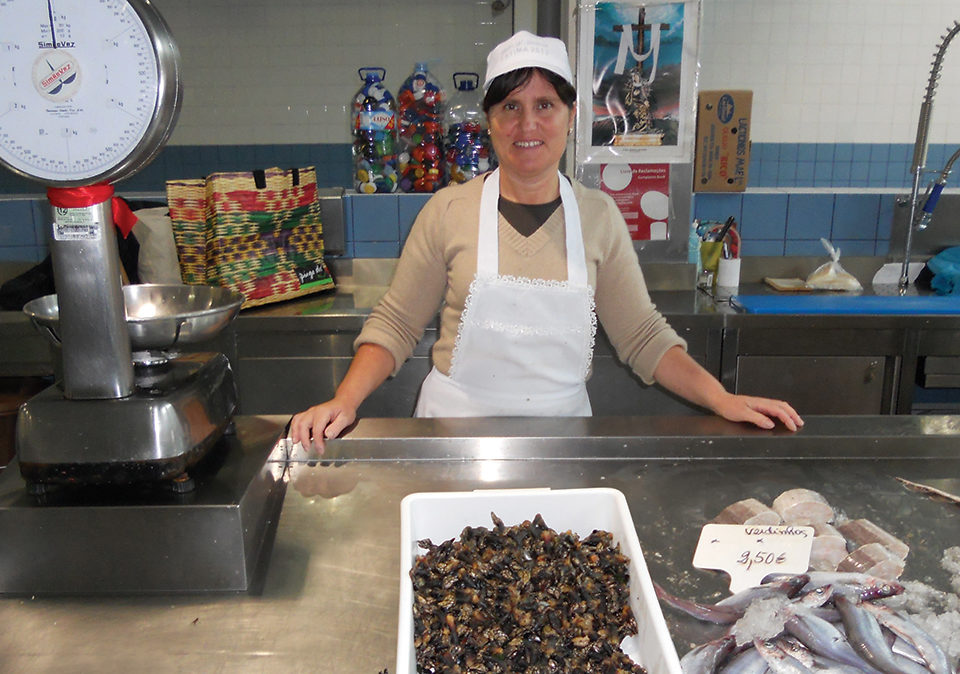
Some of the economically relevant barnacle species hold high potential for aquaculture. These include the picoroco, Austromegabalanus psittacus; cracas, Megabalanus azoricus; and stalked barnacles, which are considered the most important for consumption. Of the latter, the percebes, Pollicipes pollicipes, is of particular interest.
Unlike most barnacles, stalked barnacles have a characteristic fleshy stalk, which has made them a delicacy. Consumed cooked or raw, the percebes are economically important and valued highly in Portugal and Spain. Other stalked barnacle species have local significance in Peru, Canada and Japan. In the Iberian countries, the percebes enter the market at U.S. $25-40/kg, occasionally reaching $100/kg, and consumer prices can be as high as $200/kg.
Fisheries, aquaculture potential for barnacles
These prices have been mostly related to product availability, as the collection of wild percebes has been historically insufficient to meet the market demand. The percebes have been subjected to intensive collection in Portugal and Spain since the 1970s, which caused a decrease in standing stocks of up to 12 times in some areas. Collection has been estimated to have dropped from 2,000 metric tons (MT) over time to 300 to 500 MT annually. Moreover, harvesting is a risky activity dependent on seasonal and sea conditions, which causes the market supply to be variable and unreliable.
Concern over the exploitation of stocks has led to strict conservation measures. In spite of the positive effects of such regulations on stock recovery, this scenario has renewed interest in the search for new sustainable alternatives, such as the aquaculture production of percebes.
Percebes is a species whose biological and ecological characteristics make it highly suitable for culture. However, much remains unknown about production practices and optimized culture conditions. Research undertaken in recent years has focused on closing this knowledge gap and making available essential biological and ecological data on the percebes.
Life cycle
Percebes are intertidal invertebrates, which are sessile throughout most of their life cycles. As juveniles and adults, they live gregariously attached to the rocky shore, but disperse freely in the water column during their larval stages until a suitable settlement site is found.
During the breeding season, adults copulate and brood embryos until the release of the free-swimming larvae. These molt through six naupliar stages until they reach the cyprid stage and start searching for a settlement site. This is usually the stalk of adult barnacles, where they attach and molt to juveniles. The juveniles then develop into sexually mature adults over the course of several months and reproduce themselves, closing the life cycle.
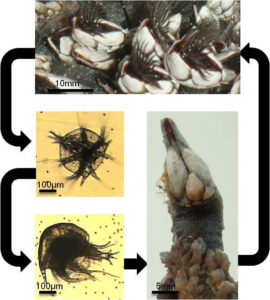
Reproduction, larvae collection
Broodstock of percebes can be easily maintained in captivity, provided that cultures are kept in highly hydrodynamic recirculating or flow-through systems, since adults are dependent on currents to feed. Increased feeding response and rapid growth have been reported with diets of artemia nauplii in comparison to non-living diets. However, much remains unknown regarding diet optimization.
Some authors recommend the use of artificial tidal cycles as a way of maximizing feeding and improving growth, although this can involve additional costs. Percebes is an intertidal species that tolerates periods of emersion as well as a wide range of temperature, salinity and humidity – a further advantage for husbandry purposes.
Optimal rearing conditions are still to be identified, but good results have been obtained using natural regimes of temperature and salinity while assuring strong hydrodynamics and water renewal. Broodstock have been conditioned in culture for periods of less than a month by temperature cycling in systems with barnacles subjected to emersion periods, and cultures have subsequently provided a continuous supply of larvae.
However, the number of larvae obtained from releases can vary considerably, as the percebes are multiple brooders that spawn asynchronously. Nevertheless, several researchers have reported the presence of triggering factors, such as tidal cycles, photoperiod and food availability, that can potentially be used to initiate spawning events. In fact, the number of larvae released has been observed to vary in response to periods of feeding and tidal emersion.
One alternative to broodstock conditioning is the collection of larvae by direct egg lamella extraction from the adults, followed by egg incubation until hatching. Incubation can take up to three weeks, depending on lamella maturity and environmental conditions. Embryo culture has been accomplished for this species using techniques that largely resemble those already described for other barnacle species.
Although unsustainable, the attractiveness of this option comes from the fact that mature adults can produce thousands of eggs per brood, so there is no requirement for a large number of lamellae to start a significant culture of larvae, even with high mortality.
Hatchery production
The hatchery larval production of the percebes encompasses two phases: larval development from nauplii to cyprid and cyprid settlement on the provided surface. The larvae of percebes can be reared on microalgae diets in captivity with high growth rates, reaching the cyprid settlement stage in two to four weeks.
Methods for larval culture, already established for other barnacle species, have been used as a basis for the development of hatchery techniques for the larval rearing of percebes. Recent research has shown promising results for larval culture, with a recommendation to use a mid-range temperature of 15 to 20 degrees-C and mixed diets (e.g., Tetraselmis and Skeletonema species) to improve survival and growth rates.
Larval settlement
Unlike larval rearing in captivity, which can be easily accomplished even in suboptimal conditions, larval settlement under culture conditions remains the main bottleneck to continuous culture. The settlement stage of percebes, the cyprid, is known to be highly discriminating and tends to select as substrata the peduncles of adults of the same species, previously colonized substrata or surfaces in the vicinity of the adults. Settlement in captivity on substrata other than the adults has been reported to be negligible by several authors.
To date, no artificial substratum provided in captivity has proven to be suitable for larval settlement, with high larval mortality occurring at this phase. This represents a major challenge, since, as for many bivalves, settlement is a critical phase in their development. One option, if this bottleneck persists, is to use live adults as settlement inducers or use previously colonized surfaces as attractants.
Other barnacle species have long been shown to respond to protein complexes, produced by the adults and that induce settlement, which might also constitute a potential route forward with percebes. Environmental conditions during settlement, substratum selectivity and suboptimal larval viability might also explain the poor results achieved to date. Further research is therefore essential.
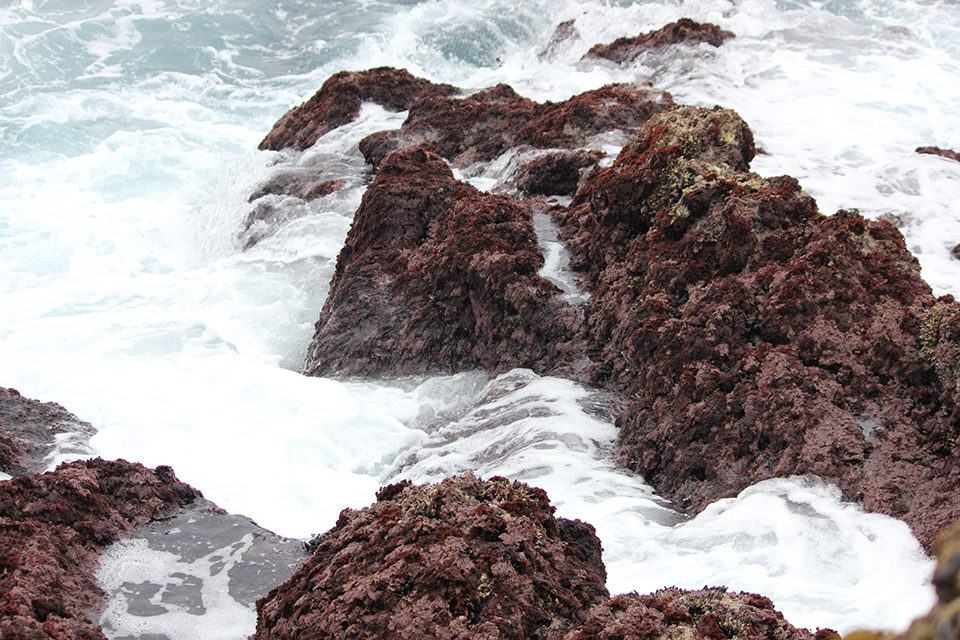
A more mainstream production method – with considerably lower costs – would be the collection of seed from the wild after natural larval settlement using artificial substrata. Such an approach is not new for barnacle species, but seed collection can be highly variable and dependent on larval availability, larval selectivity and post-settlement survival. These variables can be affected by an array of factors, such as natural larval production, offshore transport, surface characteristics, chemical cues and cyprid condition.
Although preliminary attempts to collect settled cyprids using artificial substrata such as tufnol, plastic, rubber or sisal ropes had poor results and massive system loss, ongoing studies are investigating the biological and economic viability of the use of collector systems followed by growout in the field and should provide new insights into the potential of such an approach. For other barnacle species, such as the picoroco, spat collection has been shown to be an interesting alternative for production.
Juvenile growout
Juveniles have been grown successfully in captivity in closed and semi-closed systems for long periods with good results under conditions similar to the ones described above for broodstock rearing. However, extended growth periods in culture can lead to alterations in morphology, and a finishing growout period in the wild might be necessary.
In fact, the growout of juveniles in the wild is a promising alternative to growth in tank systems, which benefits from decreased costs for feeding and infrastructure. Potential options include the use of on-coast panels or suspended systems of racks or ropes currently in use for other commercially produced species.
Growout trials carried out on floating offshore systems north of Spain have reported the growth of juveniles to be higher than that achieved on the coast and with low mortality. System loss due to adverse sea conditions was the main setback encountered. Site selection and system design are therefore of massive importance, since factors like tidal level, light, productivity, temperature, predation, hydrodynamics and currents can impact the growth and survival of the individuals, as well as structure integrity.
The growth to commercial size in the natural environment has been estimated to take one to two years, varying with site and seasonal environmental conditions.
Perspectives
In spite of promising prospects, the establishment of percebes aquaculture as a viable industry is still in its infancy. Future challenges include the resolution of the main production bottlenecks, securing larval settlement in captivity and spat collection from the wild. Other areas, such as captive reproduction, larval development in captivity and juvenile growth in the wild, would benefit from further studies and consequent culture optimization, but are currently not limiting production.
Investment in future research, both at scientific and commercial levels, toward establishing aquaculture of percebes is economically promising, mainly due to the current positioning of the product in the market and the type of sustainable low-cost production from which it could benefit.
(Editor’s Note: This article was originally published in the July/August 2015 print edition of the Global Aquaculture Advocate.)
Authors
-
Sofia C. Franco, Ph.D.
School of Marine Science and Technology
Newcastle University
Ridley Building, Claremont Road
NE1 7RU, United Kingdom -
Nick Aldred, Ph.D.
Prof. Anthony S. Clare, Ph.D.
School of Marine Science and Technology
Newcastle University
Tagged With
Related Posts
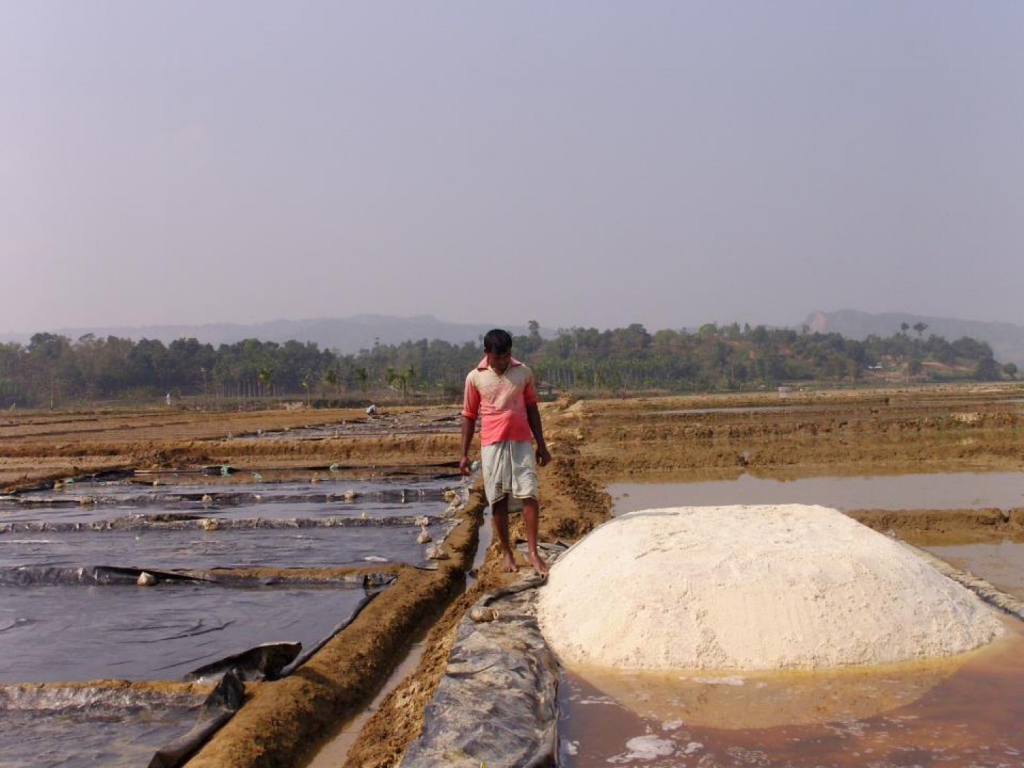
Innovation & Investment
Artemia, the ‘magic powder’ fueling a multi-billion-dollar industry
Artemia, microscopic brine shrimp used as feed in hatcheries, are the unsung heroes of aquaculture. Experts say artemia is still inspiring innovation more than 50 years after initial commercialization. These creatures are much more than Sea-Monkeys.
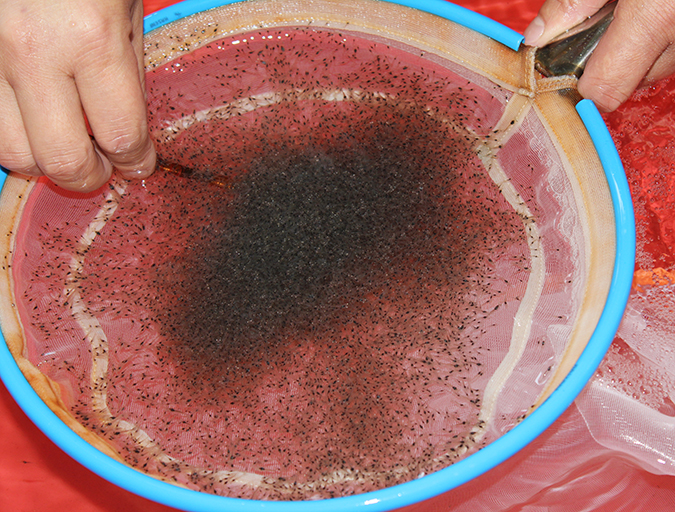
Health & Welfare
Acclimating shrimp postlarvae before pond stocking
Shrimp postlarvae acclimation before stocking into the various growout systems (ponds, raceways, tanks) is a critical – and often overlooked, sometimes taken for granted – step in the shrimp culture process. Various water quality parameters should be changed slowly so that the young shrimp have the time to gradually adapt to the new conditions.
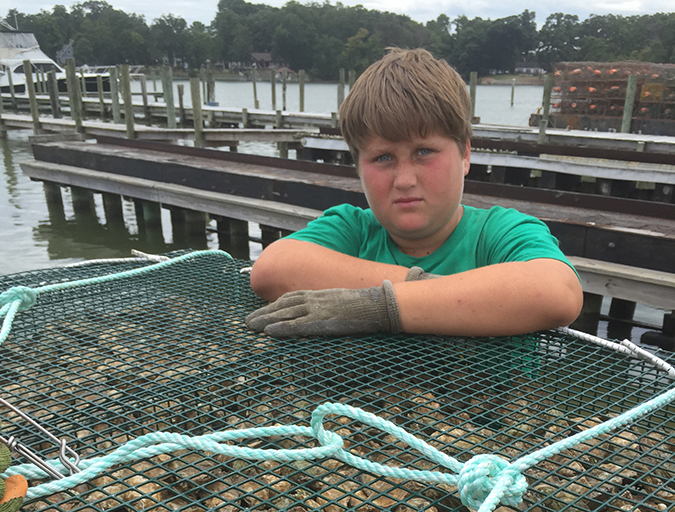
Responsibility
Ailing waterways hail the oyster’s return
The Lower Hudson Estuary and Chesapeake Bay, two waterways once home to thriving oyster beds, would welcome the shellfish’s return. Aquaculture initiatives in both areas aim to reinvigorate the water and the communities they support.
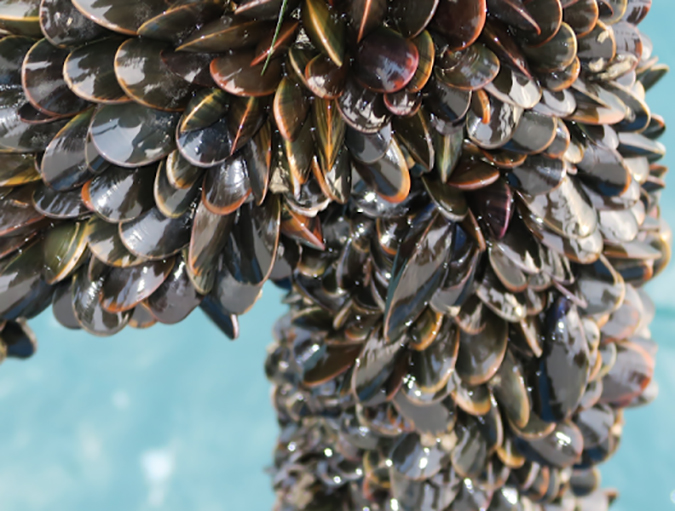
Innovation & Investment
Pioneering U.K. mussel farm channels innovation, ambition
John Holmyard’s family has navigated a complex journey to get their rope-grown mussel farm operational in the waters off southern England. Offshore Shellfish Ltd. has solved the puzzles of bespoke equipment, a perplexing permitting process and the social license to operate.


